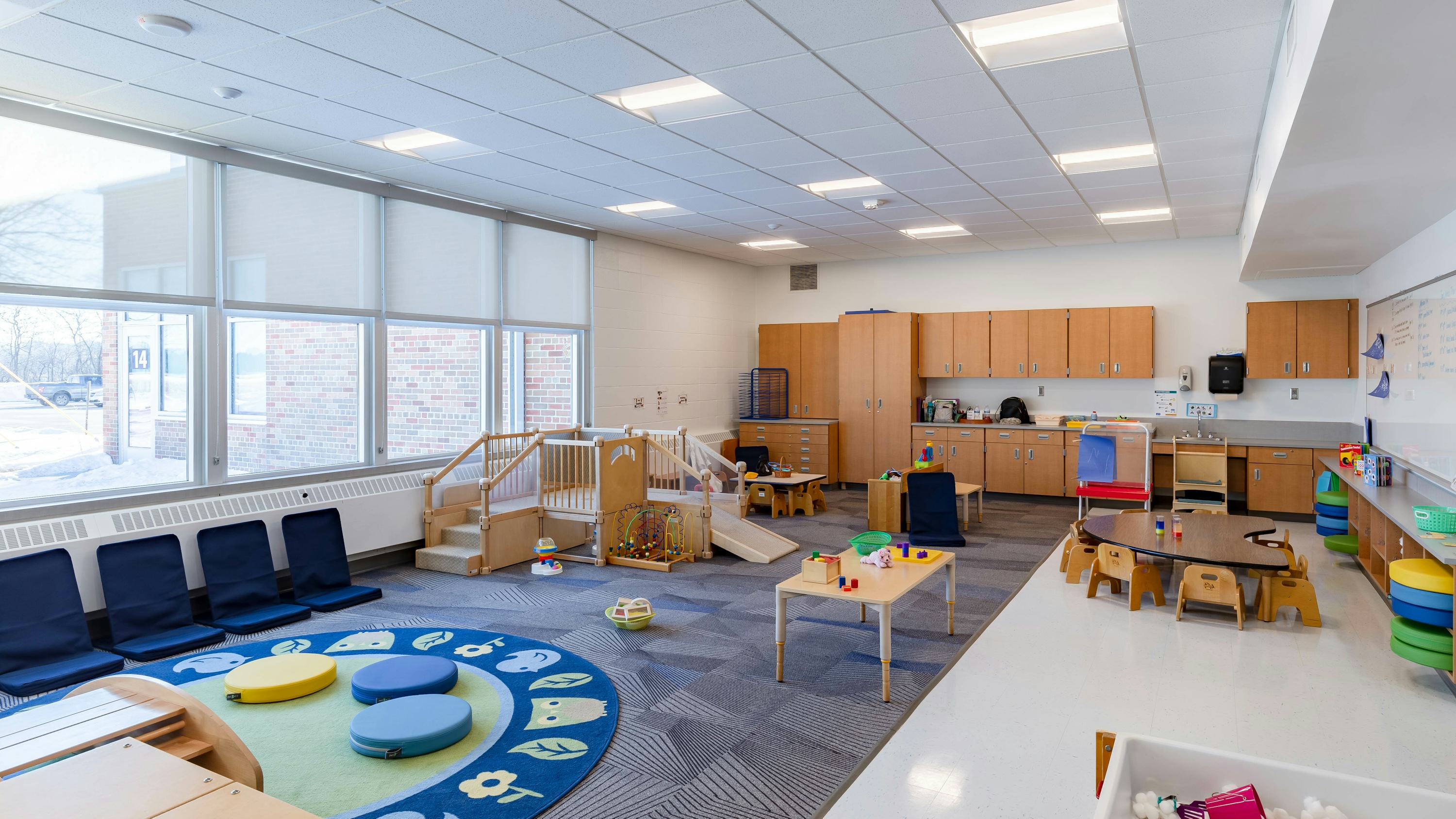
Setting future generations up for success is no small feat. A student’s early years build the foundation for the rest of their education and life beyond, so learning environments must be carefully crafted to allow them to gain skills that aid independence and collaboration. An early childhood learning program must support the curriculum, staff and educators, and the students, families, and community it serves.
Early childhood learning can take shape in various forms, including through early childhood special education (ECSE) services, early childhood family education (ECFE), extended day learning, special community education activities, classic preschool environments and more. While these programs are often unique to their region, many of them are typically created out of policy or overall community need and a desire for a holistic educational experience.
As increased attention, support, and sometimes additional regulation is given to early childhood education and services, challenges may arise due to a growing demand and pedagogy needs that might not be supported within current facilities. Educators and program directors may need to take a step back to identify the district’s goals for early learning and where the current building(s) might be limiting the program's potential.
Although the need to expand may not be immediate, reflecting on the current program can help anticipate future opportunities. From integrating new course offerings and services to related facility space needs, evaluate whether current facilities are supporting their youngest learners' success in the best ways they can.
Before investing in facility needs for a new or growing early childhood program, consider the following steps and strategies to design environments that best support learning goals:
Start by considering the age range of learners, as this will dictate their needs. Younger students typically need more in-person time, while older students can be a little more self-sufficient. From there, clarify the format of learning that best fits their needs. Depending on the services offered, some program offerings might work better at a centralized location while others can be spread out throughout a district or community.
For more unique programs, like early childhood special education services, the ideal facility or location may depend on the students’ ages or abilities; some might thrive at a school while others may need in-home programs or a combination of the two options.
Determine what works well and what can be improved upon under the current circumstances. Evaluate whether there are enough classrooms to meet the present needs and if there is room to grow for future demand. Early childhood is a pivotal time in gross motor and sensory development, therefore spaces need to be of appropriate size for active learning environments to develop these skills. This stage is also when the building blocks of social and life skills are formed, so adequate space to explore these areas is essential.
Additional considerations include office space for administration and sufficient space for itinerant staff or partnership members to meet with students and families. Further, hallway and lobby designs should include ample room for students and staff to move freely during transitions and dismissals.
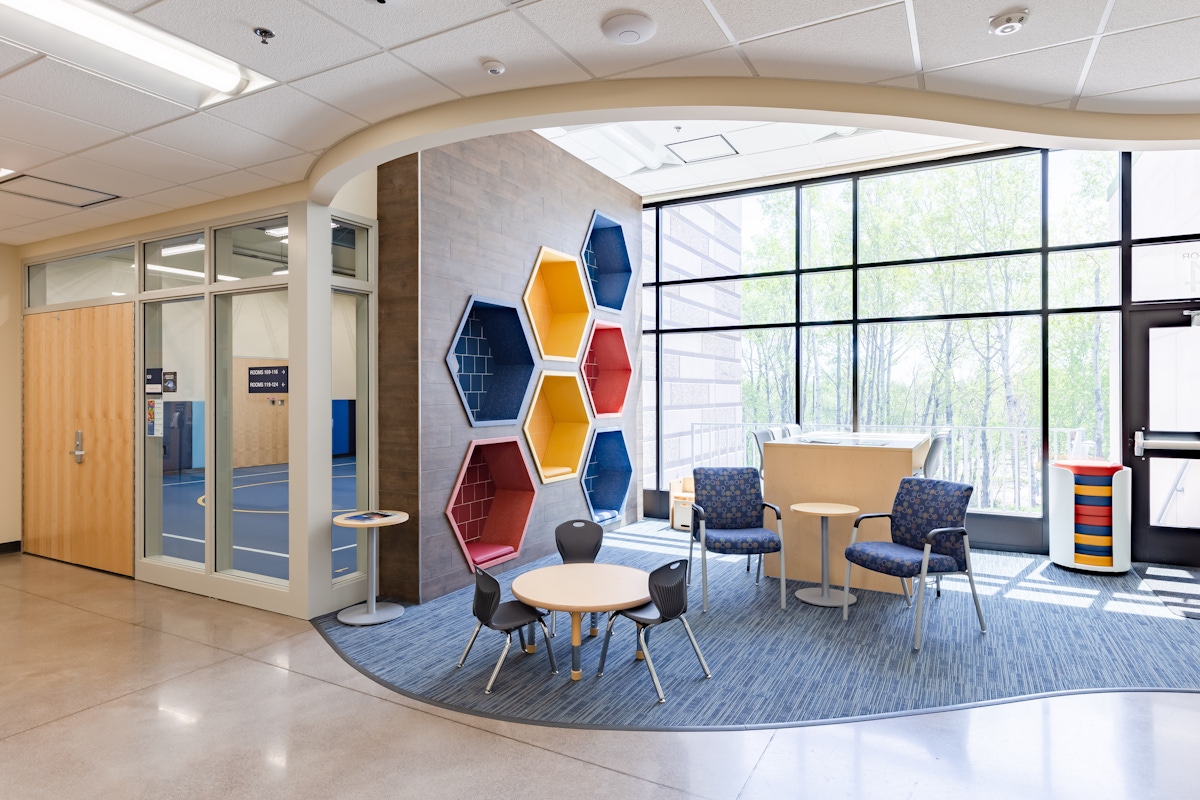
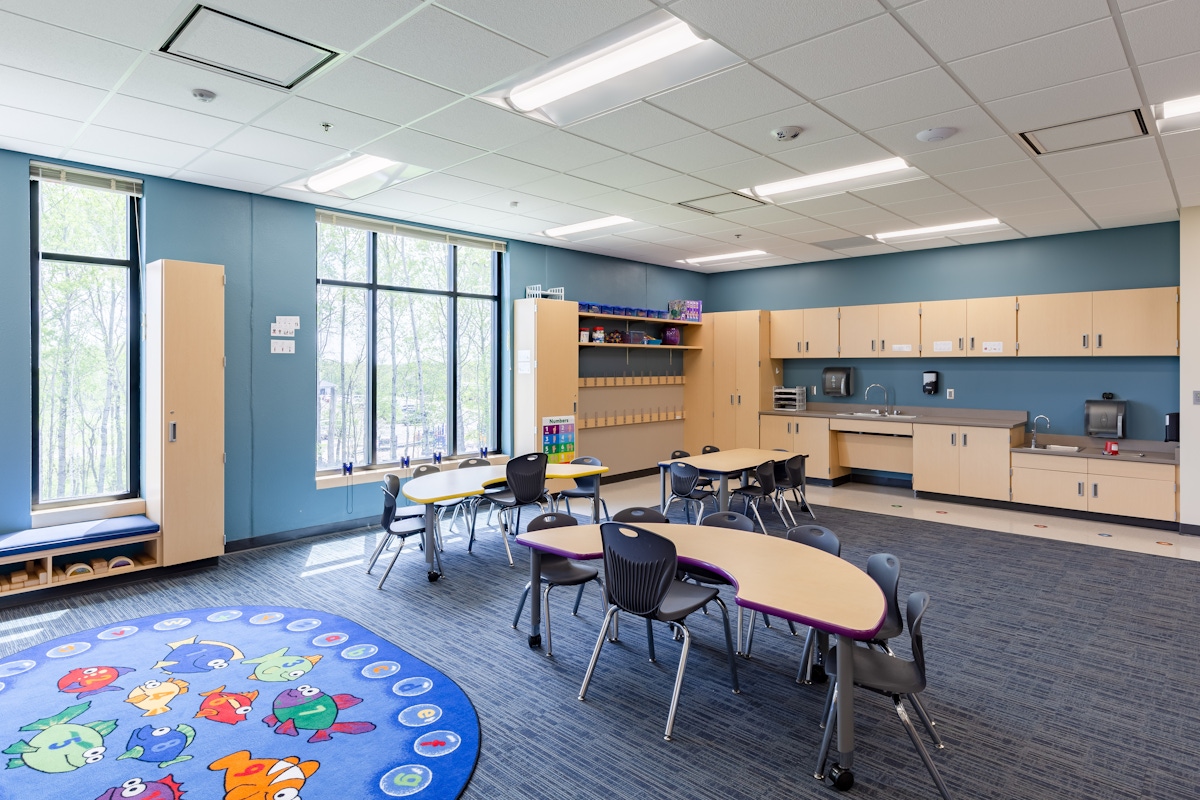
Evaluate how students arrive and leave the building, whether via a drive-up curbside drop-off/pickup or an in-person exchange in the lobby or at the classroom door. Assess the parking situation and establish whether there is enough parking for multiple classes to be dismissed while students and families arrive for the next class.
Often, there is greater demand for morning classes than afternoon classes. With this in mind, consider designing early childhood rooms that are flexible and multipurpose to maximize utilization and efficiency. If extended-day programs are offered, the facility should be able to grant access to the necessary rooms while securing off other rooms for extended day, night or weekend classes or activities.
Since these facilities serve the youngest and smallest group of learners, all features should be age-appropriate, from the heights of toilets and sinks to the access to student supplies and lockers. Accessible and age-appropriate classroom features and equipment help foster and promote independence. Play is essential for students this age, so indoor and outdoor play areas should be evaluated to make sure they are inclusive and developmentally appropriate.
Students’ early years build the foundation for the rest of their education and life beyond, so districts must carefully craft early childhood learning environments that promote independence, discovery and creativity for young learners. By strategizing the approach and response to student and district needs, values, and growth, facilities can adjust to support program goals and create a foundation for students’ future success.
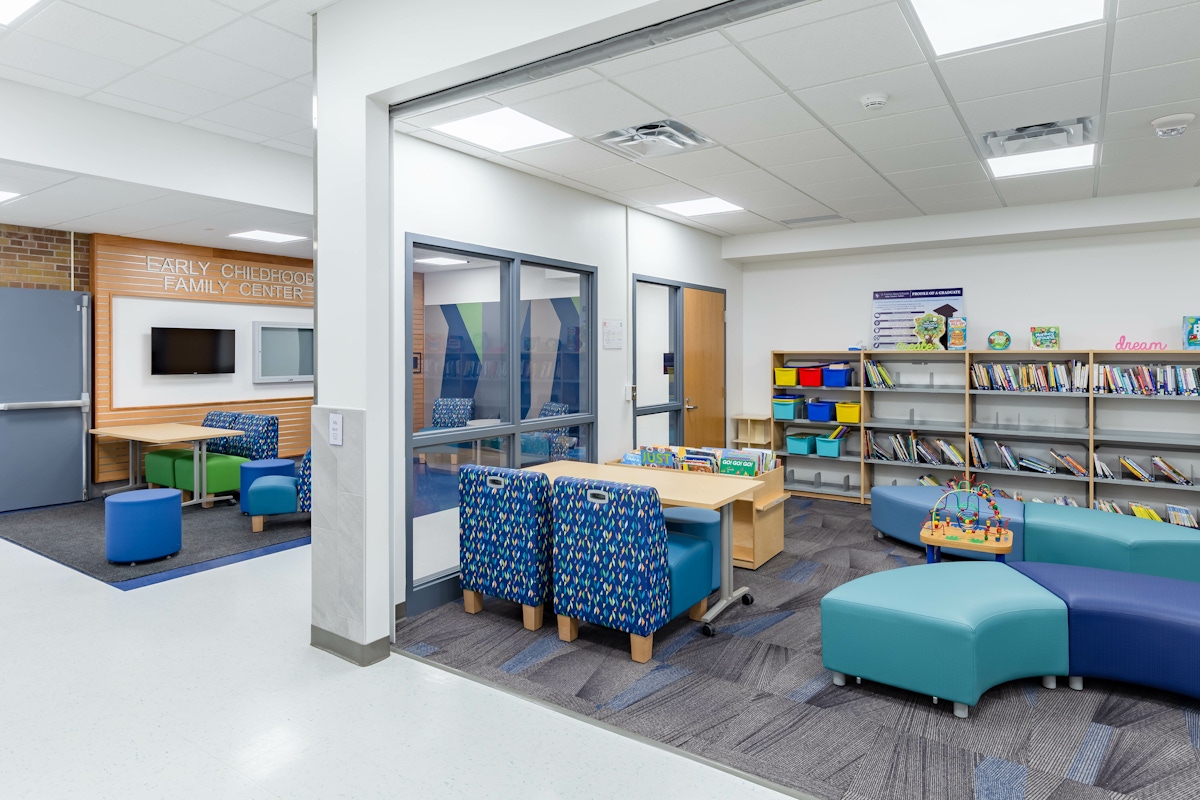
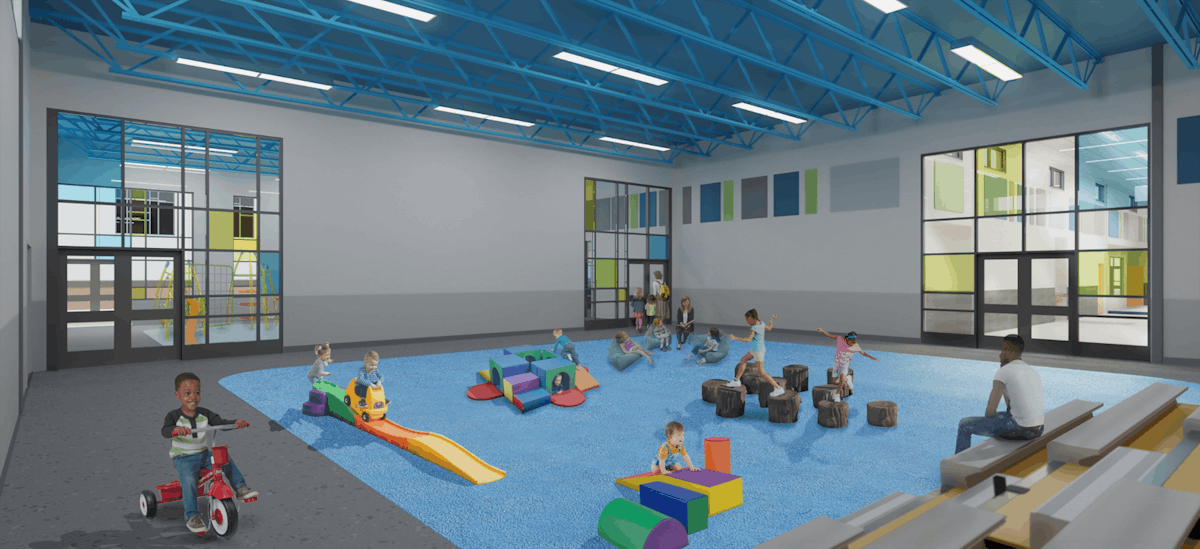
Valerie Peterson, AIA, LEED AP is an associate at Wold and can be reached at vpeterson@woldae.com.